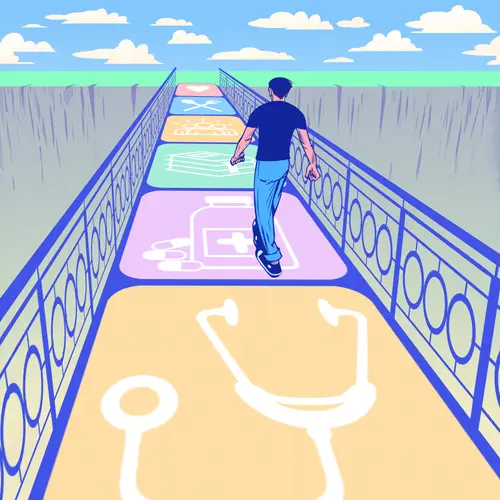What Is a Spermatocele?
A spermatocele (also called a spermatic or epididymal cyst) is a fluid-filled sac that grows in the epididymis -- a tightly coiled tube about 20 feet long where the sperm matures as it passes through. It's in the scrotum and surrounds the back and top of the testicle.
Spermatoceles vary in size. They typically don’t hurt, but they could cause pain if they grow too large. Spermatoceles can be smooth. They might also be filled with a whitish, cloudy fluid. Sometimes, they hold sperm. Most of the time, they’re benign (not cancerous). Still, if you notice a growth near or in your penis or scrotum (the pouch that holds your testicles), see your doctor to have it checked. Spermatoceles don’t impact fertility.
Spermatocele Causes and Risk Factors
Spermatoceles often contain pools of dead sperm. Doctors aren’t sure what causes this. Often, spermatoceles develop for no specific reason at all. Sometimes they might happen when one of the tubes that transport and store sperm gets blocked.
Spermatocele risk factors
Spermatoceles are actually quite common. About 3 out of 10 men will get them at some point in their lives. Men ages 20-50 are most likely to get them.
They don’t have many known risk factors. Men whose mothers took the drug diethylstilbestrol in pregnancy might get them more. Doctors stopped using this drug in 1971.
Spermatocele Diagnosis
Most of the time, spermatoceles don’t hurt, so you may not have any symptoms. You might only feel a bump while examining your testicles. Your doctor might find it during an exam. As the cyst gets bigger, you may feel heaviness in your testicle. You might also notice a mass or swelling behind or above your testicle.
Your doctor will likely do a couple of tests to make sure the growth is a spermatocele and not a tumor. They’ll probably start with a physical exam. You’ll also have a transillumination or an ultrasound.
Transillumination is where your doctor shines a light through your scrotum. If the growth is a spermatocele, the light will shine through it. If it’s a mass, it won't.
Ultrasound is the next step if transillumination doesn’t show fluid. This test uses high-frequency sound waves to create images on a screen.
Spermatocele Treatment
Most of the time, they’re not treated. Your doctor may prescribe pain relievers to make you more comfortable.
Aspiration is a procedure that can help relieve some of the pain and pressure of spermatoceles. Your doctor will insert a needle into the cyst to remove some of the fluid.
If the cyst refills and comes back, your doctor can do a procedure called a sclerotherapy. Your doctor will drain some of the fluid from the spermatocele. Then they’ll use a substance that causes the sac to fill with scar tissue. This tissue could lower the risk of the spermatocele coming back. But it can damage the epididymis. Your doctor may suggest this option only if you’re not interested in having children.
In rare cases (if the spermatocele is getting in the way of your daily life), your doctor could remove it through surgery. Your doctor will numb the area, make a small incision (cut) in your scrotum or groin, and remove the growth.
Spermatocele Prevention
There’s no way to prevent a spermatocele. But, it’s a good idea to check your scrotum regularly to notice changes, including any masses.
Follow these steps to examine your testicles:
- Using a mirror, look for any swelling.
- Examine each testicle with both hands, placing the index and middle fingers underneath and thumbs on top.
- Gently roll each testicle between your thumbs and fingers.
Do a self-check once a month. This way, it will be easier to notice if anything changes. If you feel a lump or anything else unusual, call your doctor.

